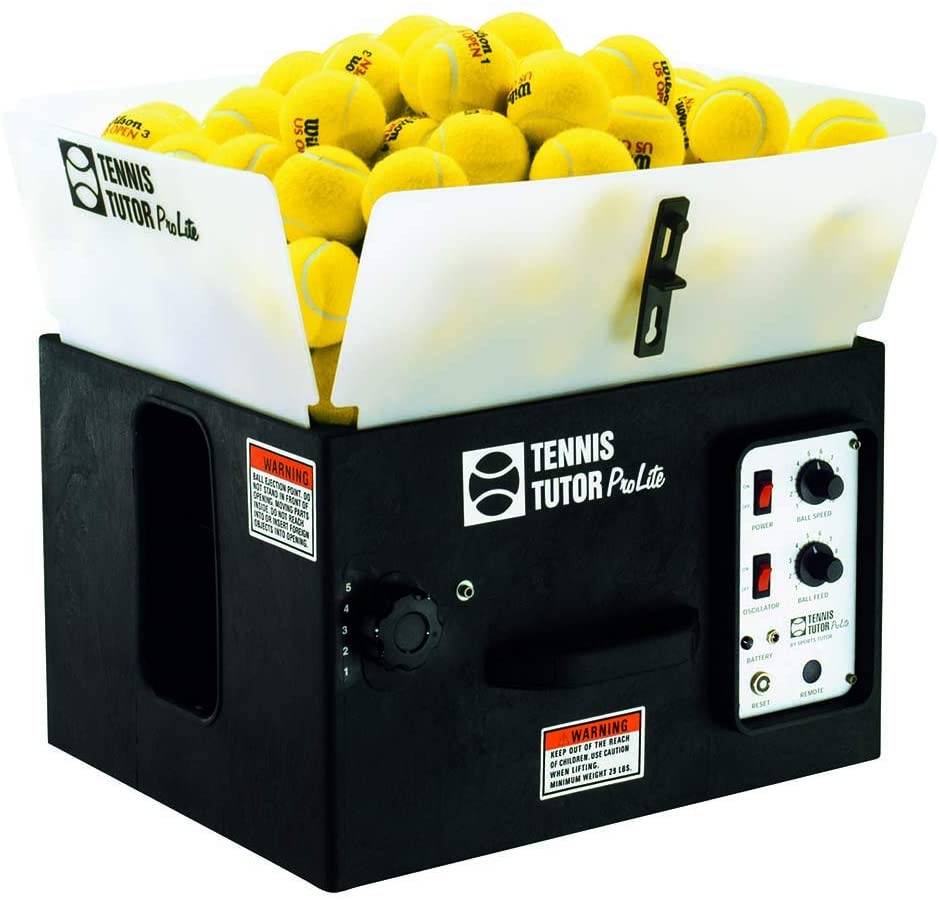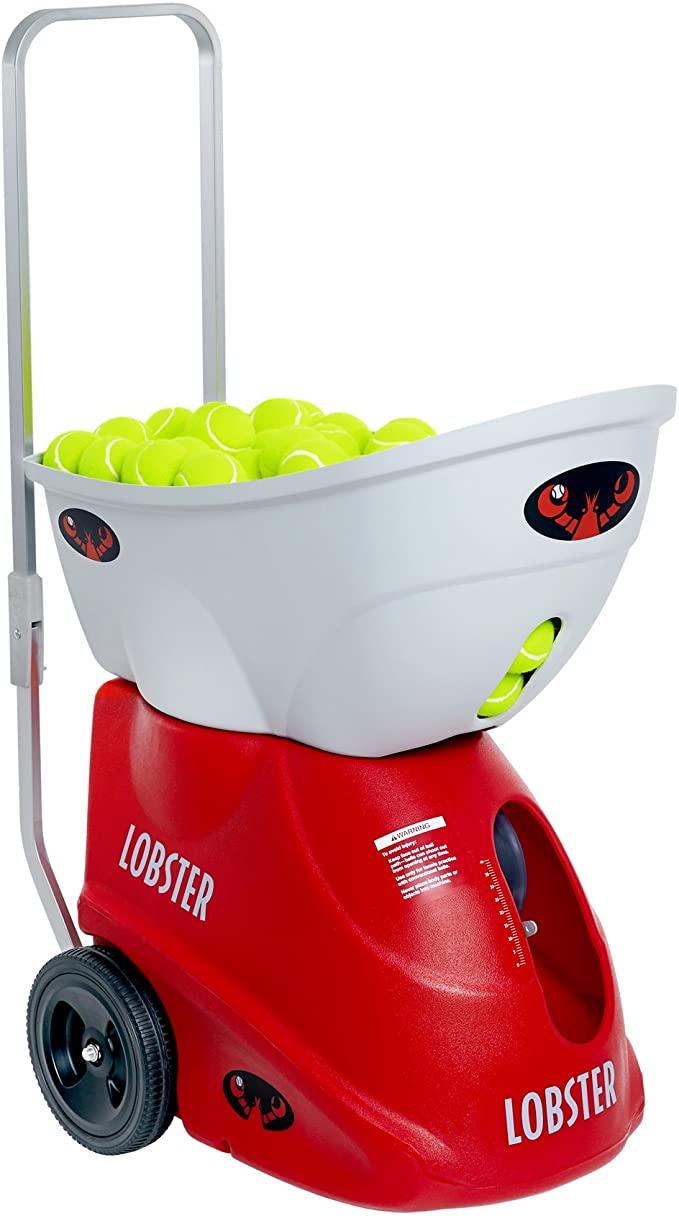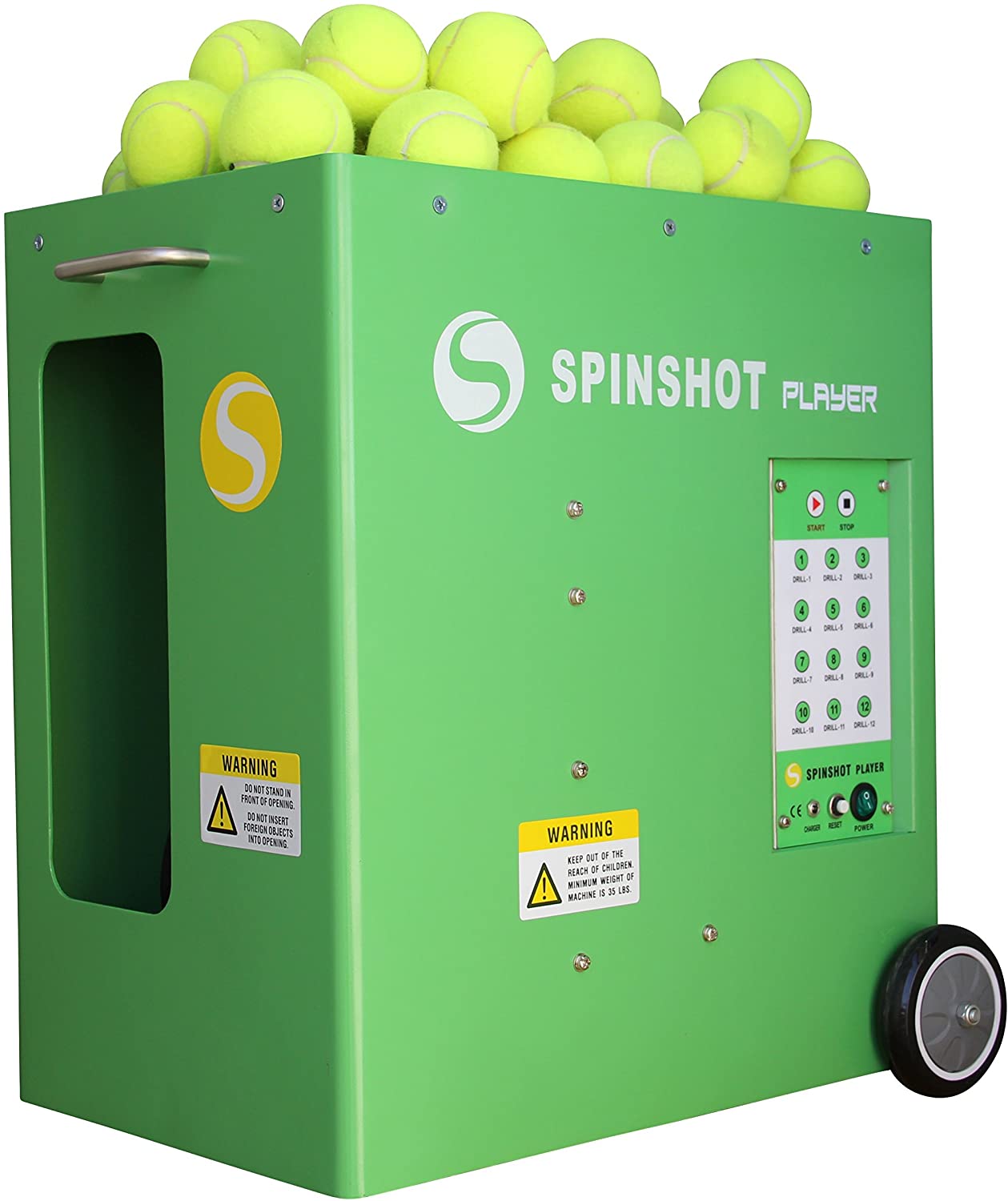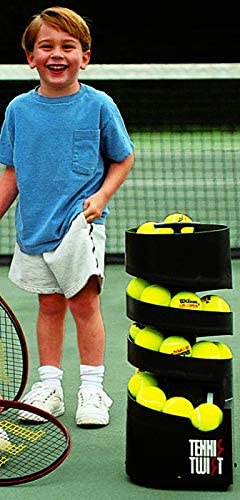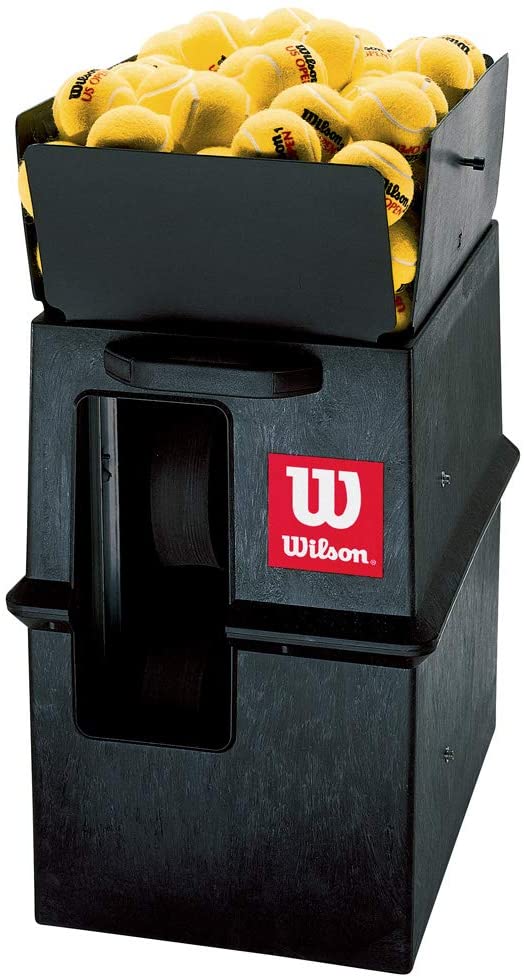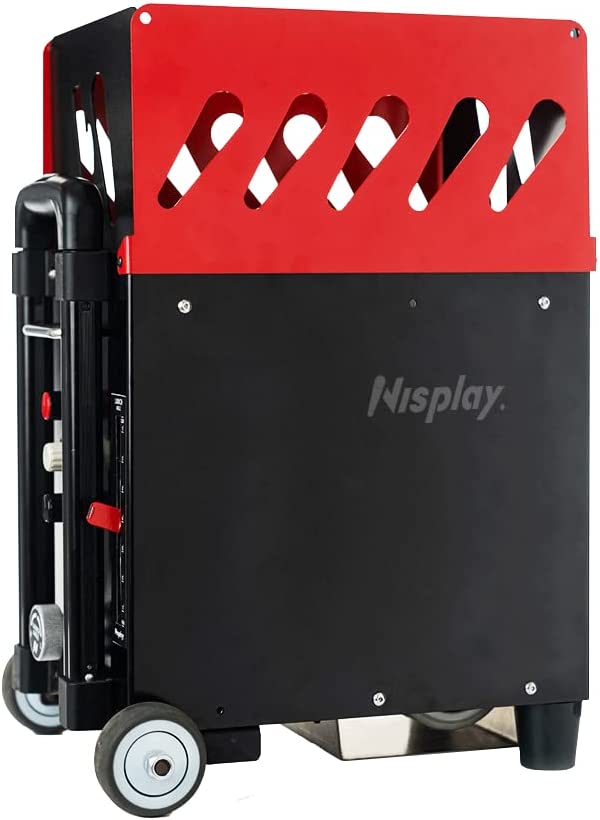Tennis Tutor Prolite Random Oscillator Tennis Ball Machine
Last updated: June 1, 2023
Those looking for a quick practice session can be up and running in seconds with this tennis ball machine. The compact machine can send balls in a variety of speeds and heights, and the capacity ensures the fun won't end too soon. The battery charges quickly and the remote control is a plus.
We looked at the top Tennis Ball Machines and dug through the reviews from some of the most popular review sites. Through this analysis, we've determined the best Tennis Ball Machine you should buy.
No products found.
Product Details
Key Takeaway: This compact machine is reliable and easy to operate.
In our analysis of 26 expert reviews, the Tennis Tutor Prolite Random Oscillator Tennis Ball Machine placed 6th when we looked at the top 6 products in the category. For the full ranking, see below.From The Manufacturer
FEATURES. Speeds from 10-60 MPH. Ball Feed Rate adjustable from every 1-1/2 to 10 seconds. Shoots groundstrokes to lobs. Only 12 inches high and weighs less than 30 pounds. Start-up time delay. 125 ball capacity. Easy-to-Use knob controls. (See Control Panel picture). RANDOM OSCILLATOR. Delivers shots randomly across the court for hitting on the run. RECHARGEABLE BATTERY. Built-in battery provides up to three hours of playing time per charge. Includes Smart Battery Charger that fully charges the battery overnight and shuts off automatically to prevent overcharging. OPTION (not included): Wireless Remote Control – Starts and stops ball delivery, and controls oscillator. SEE CHART BELOW FOR MORE MODELS. THREE YEAR WARRANTY. Longest for any tennis machine. MADE IN U.S.A. Manufactured and sold by Sports Tutor, #1 tennis machine manufacturer in the U.S. and Worldwide for over 30 years.
